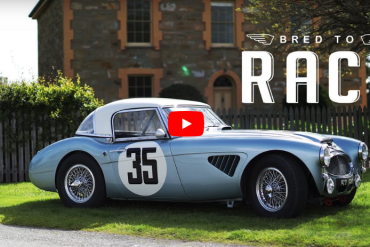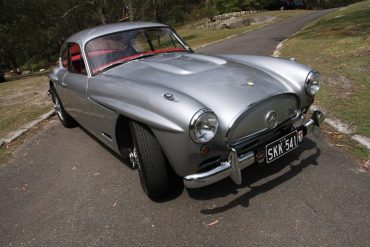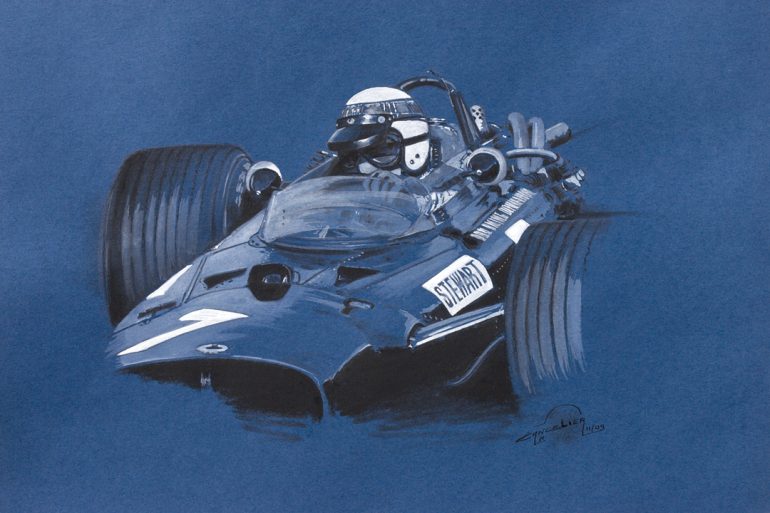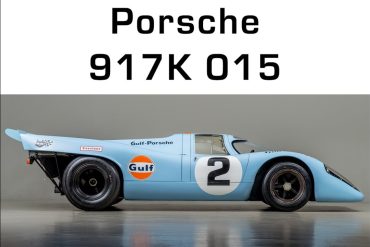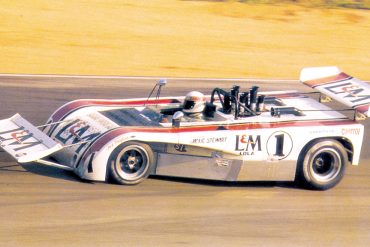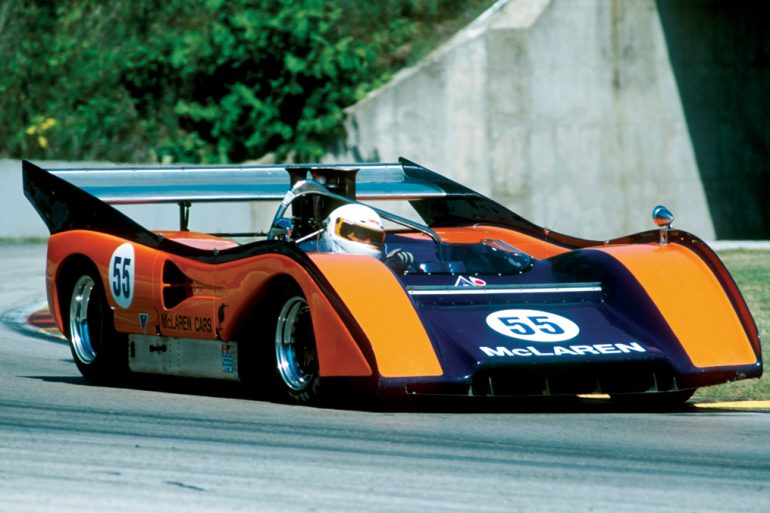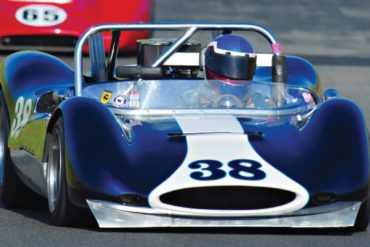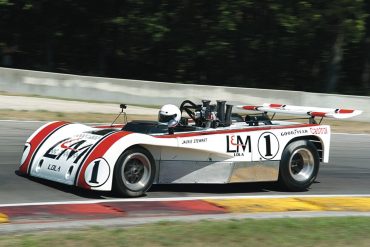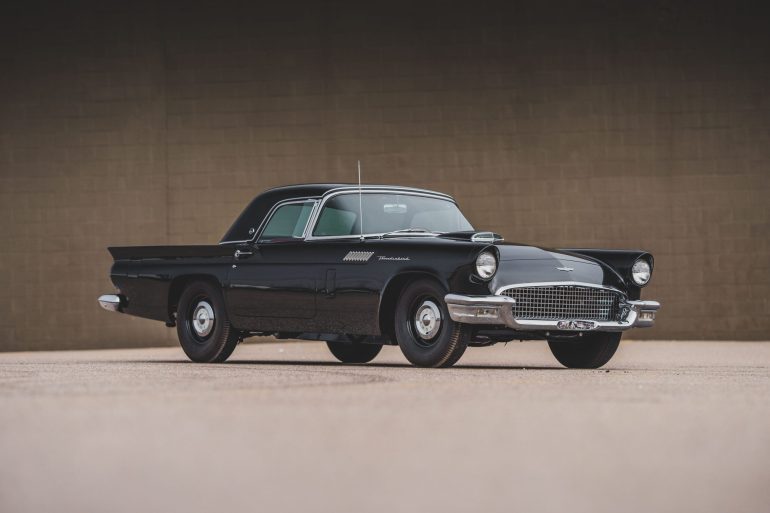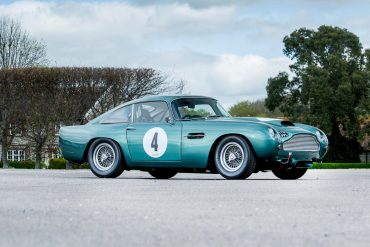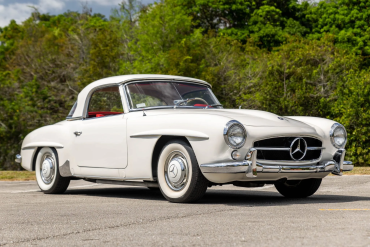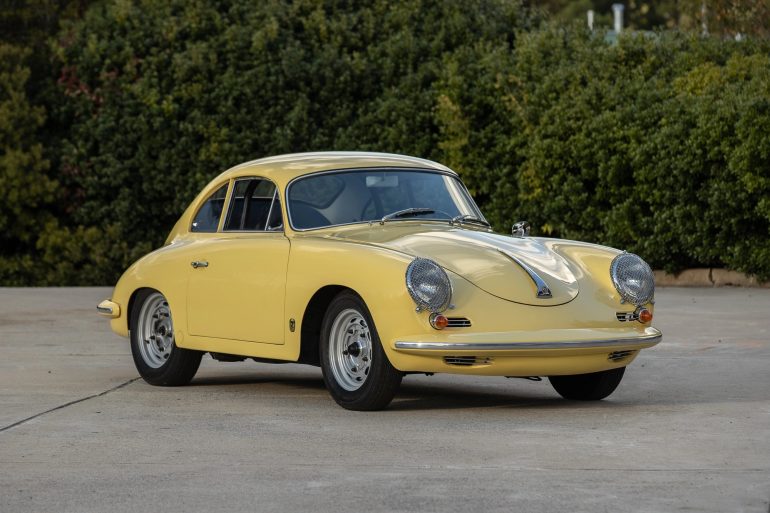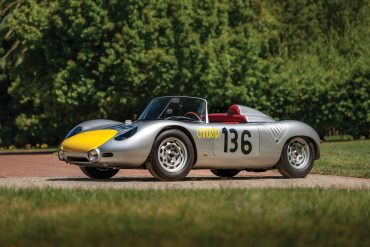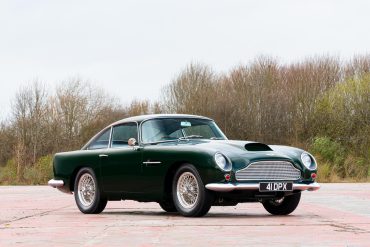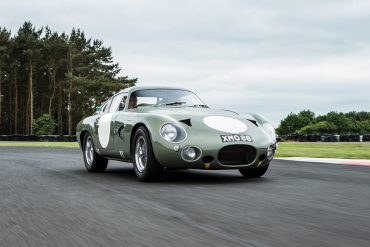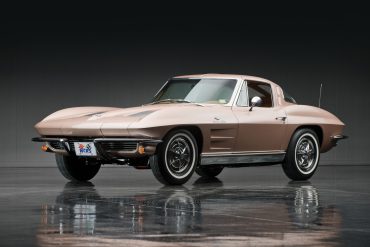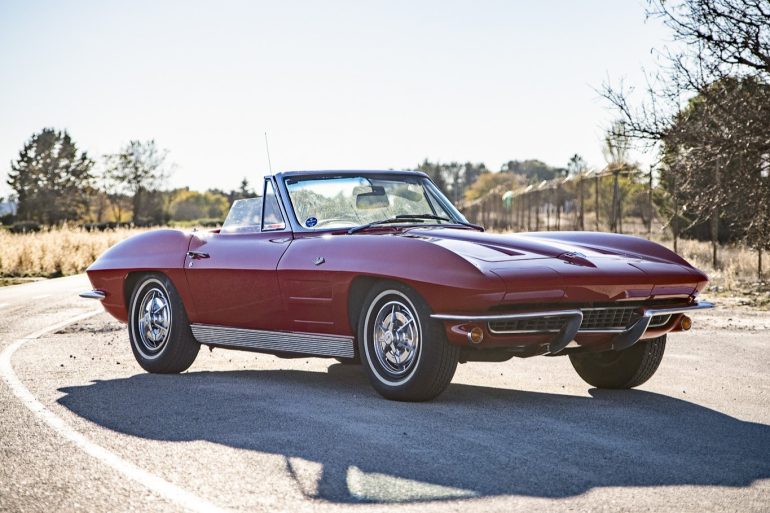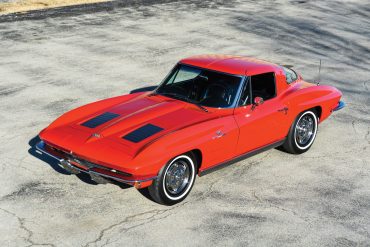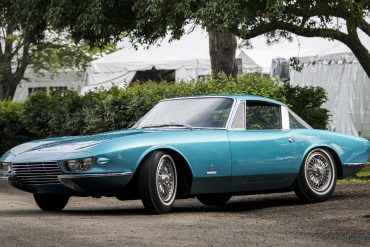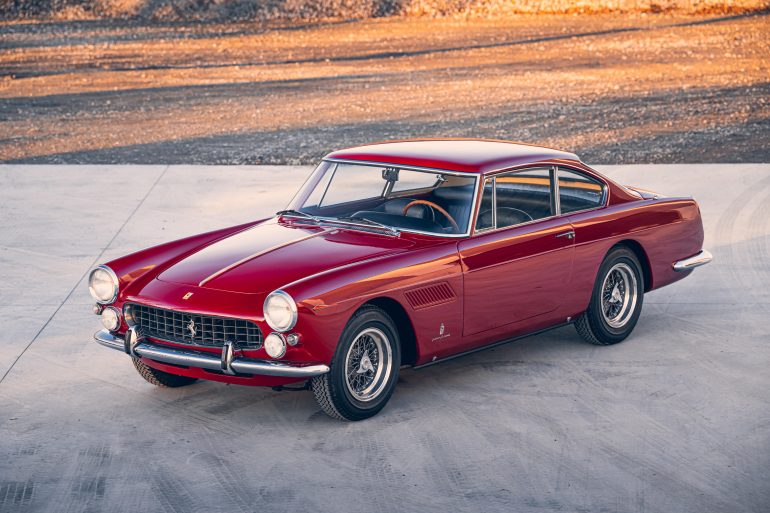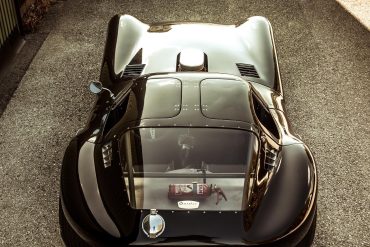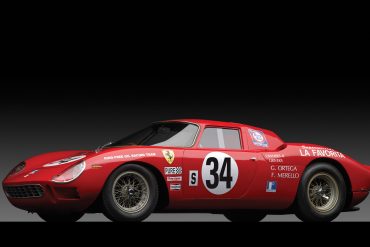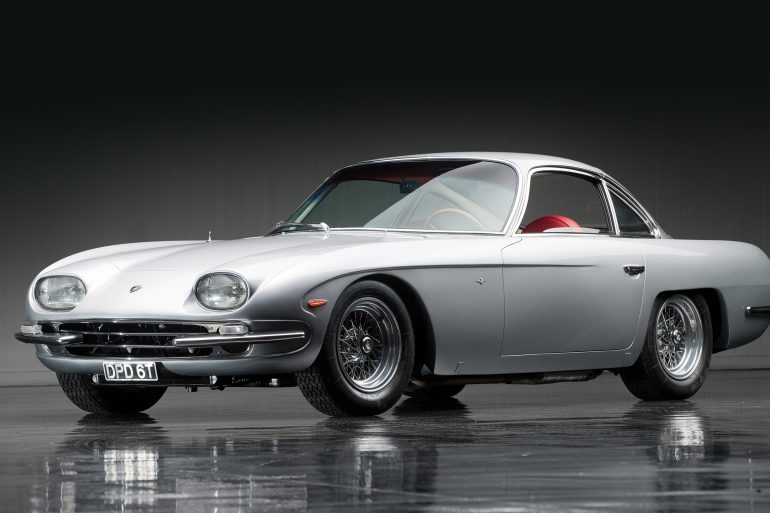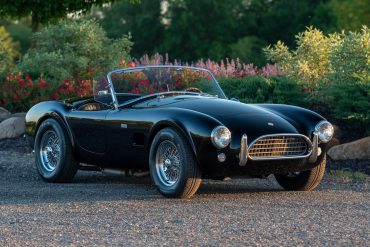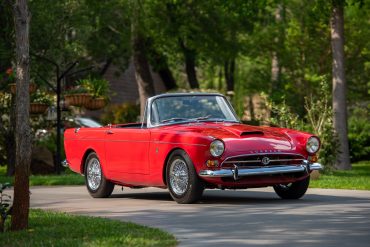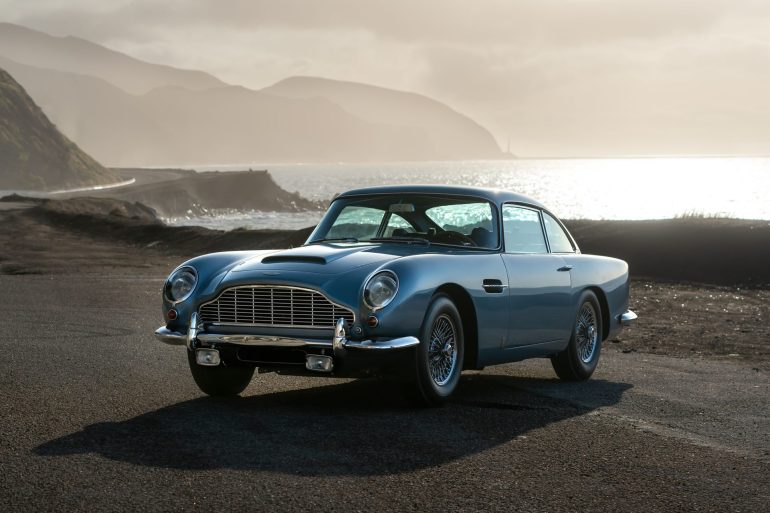The video below from our friends at Petrolicious tells the story of Tony Parkinson and his acquisition of a very special...
Photo: Steve Oom With just over 600 produced between 1954 and 1962 it can t be said that the Jensen...
Sir Jackie Stewart, BRM P115, Grand Prix of Mexico 1967—his last year with the BRM team. Often I review my print archives on racing car history in order to find an image that inspires me; it becomes the starting point for my paintings and drawings. In the case of this...
Watch as Bruce Canepa gets behind the wheel of a 1969 Porsche 917K with chassis number 917-015 around the famous Laguna Seca along with...
What is it about a Stradale? Ask most Alfisti what Alfa they’d most like to have in their garage, and...
The Monterey Historic event saw the return of racing action between the ultimate Can-Am machines that includes McLarens, Lolas, Huffakers, and other iconic cars. Enjoy five minutes of this remarkable race....
The Canadian American Challenge Cup (Can-Am) was cosanctioned by the SCCA and CASC; it was a series nicknamed the “unlimited”...
The Canadian American Challenge Cup was co-sanctioned by the SCCA and CASC—it was a series nicknamed the “unlimited” series. Although...
The Canadian American Challenge Cup was co-sanctioned by the SCCA and CASC—it was a series nicknamed the “unlimited” series. Although there was a basic set of rules, the cars had to be two-seaters with bodywork covering the wheels, have doors, a windscreen, brake lights and various safety requirements. However, there...
The Canadian American Challenge Cup was co-sanctioned by the SCCA and CASC—it was a series nicknamed the “unlimited” series. Although...
The Canadian-American Challenge Cup was an “unlimited” racing series co-sanctioned by the SCCA in America and the CASC in Canada....
The 1957 Ford Thunderbird bid farewell with a sense of pride, showcasing refreshed aesthetics and an array of new performance possibilities. Among these, the most remarkable was the enchanting “F-Code” supercharged engine. Dubbed after the initial letter of the Thunderbird’s chassis number, which represented the car’s factory-installed powerplant, these endearingly...
Unveiled at the 1959 London Motor Show, the DB4GT, with a shorter wheelbase and reduced weight, debuted victoriously at Silverstone...
The 190SL, a smaller and less expensive version of the Mercedes Benz 300SL, was introduced in 1954 at the New...
For decades, Porsche has established itself as a renowned car manufacturer, celebrated for its adaptability and agility. It has consistently catered to the desires of racing enthusiasts and discerning clients by creating special versions of their beloved cars. During the early 1960s, the 356s were no exception to this tradition....
Despite being made for the small engine displacement classes, Porsche nearly won the 1960 Manufacturers Championship with the RS 60....
1959 was a great year for Aston Martin Racing as they secured a one-two finish at the grueling Le Mans 24 Hours with...
Known for their competitive spirit and constant experimentation with new ideas, Alfa Romeo embarked on their quest to build a formidable GT sports/racecar exhibiting the very best and most highly developed ideas for that time. Though conceived around the 105 platform, construction would employ a lightweight tubular steel chassis (tubolare)...
DP215, the Aston Martin Design Project, was the last racing car to be built by the factory and represented the...
The 1963 Corvette Sting Ray holds a special place in automotive history as it ushered in the second generation of...
The introduction of the Sting Ray in 1963 sent shockwaves through the North American sports car market, causing a sensation that far surpassed expectations. The overwhelming success of the model prompted the St Louis factory to implement a second shift, yet the demand for these cars remained insatiable. Manufactured under...
The first Z06 was actually an option package first offered with the 1963 Corvette. The package was developed by Corvette’s legendary...
The Corvette Rondine concept was built by Pinanfarina and introduced at the 1963 Paris Motor Show. The car started life...
In 1960, Ferrari introduced the 250 GTE 2+2, marking its foray into the four-seater market to compete with rivals like Aston Martin and Maserati. This model was born from the immensely successful 250 GT, launched in 1954, featuring a more compact 3.0-liter V12 engine designed by Colombo. The 250 GTE...
Bill Thomas had one goal in mind when he designed and produced the Cheetah: beat the Ford Cobra. With Chevrolet...
In the period between 1960 and 1965, Ferrari was at its absolute prime on the racing circuits. It became the...
The 350 GT was the first production vehicle produced by Lamborghini. It is the car that Ferrucio Lamborghini envisioned when establishing the automotive side of his business, a classic grand touring berlinetta with a V12 up front, drive to the rear, and a 5-speed manual in the middle. It could...
Combining the power of Ford’s short-stroke V8 with the nimbleness of AC’s sporting chassis, the Cobra was the first largely...
The Sunbeam Tiger is an English iconic two-seater roadster, built during the 1960s by the Rootes Group of Britain to...
The DB5 was introduced in July of 1963 and was an evolution of the DB4 series rather than a whole new machine. The major change was the motor, which was increased to 4 liters, up from 3.7. The light alloy engine was equipped with triple SU carburetors and mated to...


